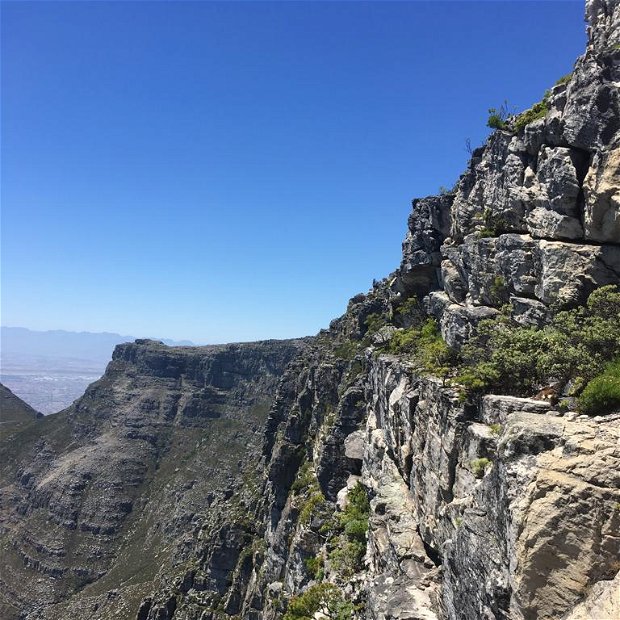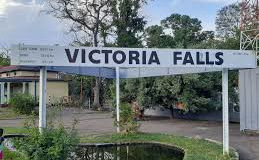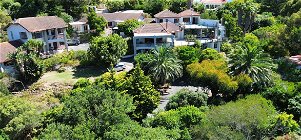Family-centric venue offering a rock shop with vibrant minerals, gem digging & indoor mini golf. Service options: In-store shopping Address: Dido Valley Rd, Simon's Town, Cape Town, 7995 Hours: Open ⋅ Closes 4:45PM Health and safety: Mask required · Staff wear masks · Staff get temperature checks · More details Products and services: scratchpatch.co.za Phone: 021 786 2020
Table Mountain Aerial Cableway

Table Mountain Aerial Cableway
About the Cableway
A brief history of Table Mountain Aerial Cableway.
The Table Mountain Aerial Cableway Company has been providing visitors with a world-class experience since October 4, 1929. The company operates in a National Park and World Heritage Site.
The mountain’s magnetism has a way of drawing people in, compelling them to reach the summit. But getting to the top was not always the effortless trip it is today.
THE LONG WAY UP
Before the Cableway was established, the only way up Cape Town’s iconic mountain was by foot – a climb undertaken only by adventurous souls, such as the famous Capetonian, Lady Anne Barnard. By the late 1870s, several of Cape Town’s more prominent (and possibly less fit) citizens had suggested the introduction of a railway to the top. Plans to build a rack railway were proposed, but implementation was halted by the outbreak of the First Anglo-Boer War in 1880.
By 1912, engineer HM Peter was commissioned by the Cape Town City Council to investigate options for a public transport system, and a funicular railway from Oranjezicht through Platteklip Gorge was suggested. In a referendum on the matter, the vast majority of Cape Town’s residents voted in favour of the funicular – despite the staggering cost of £100 000 (an immense amount of money in those days).
Plans for this were halted once again by the outbreak of the First World War, before a Norwegian engineer named Trygve Stromsoe suggested a cableway in 1926.
CONSTRUCTION STARTS
The scheme caught the interest of a group of influential businessmen after Stromsoe approached Sir Alfred Hennessy and showed him a functioning scale model of his idea. Hennessy and fellow investors, Sir David Graaff and Sir Ernest Oppenheimer, formed The Table Mountain Aerial Cableway Company (TMACC) to finance construction, with Stromsoe taking the fourth seat on the board of directors. After two years of tireless and often dangerous work, the Cableway was opened in 1929 and has a proud history of being totally accident-free since then.
For more than 85 years, the company has been committed to providing visitors with a memorable experience and delivering outstanding service, while being passionate about preserving our natural environment (read more about our commitment to responsible tourism).
FUN FACTS
The Cableway has transported over 27-million people to the summit of Table Mountain
Each of the two cable cars can carry 65 people
More than 800 people can enjoy the trip every hour
The floor of the circular cabin rotates to allow travellers 360° views
The cable cars’ circular shape ensures excellent aerodynamics and stability
Approximately 909 000 visitors from all over the world use the Cableway annually
Tickets can be bought online from anywhere in the world
The cable cars travel at a maximum speed of 10m per second
The cable cars take four to five minutes to reach the top of the mountain
Each of the Cableway’s cables is 1 200m in length
The cables weigh 18 tons and are attached to counter-weights weighing 134 tons each
The cable car base is a water tank with a 3 000l capacity. This provides fresh water for visitors, and is used as ballast in windy conditions
The cable cars can carry up to 5 200kg each
CABLEWAY UPGRADES
The cableway has been upgraded three times – in 1958, 1974 and, more recently, in 1997, when the cars with revolving floors, called Rotairs, were introduced. Cable cars similar to the ones used at Table Mountain are in use at Titlis in Switzerland and Palm Springs in the United States. The cable cars take visitors up 704m, from the Lower Cable Station at 363m above sea level to the Upper Cable Station at 1 067m above sea level.
The Table Mountain Aerial Cableway is very proud of its awards and achievements, most notably its International Organization for Standardization (ISO) status for its environmental management system.
Further Reading
Victorskloof Lodge is proud to present Victorskloof Retreats. Situated high on the slopes over looking the picturesque Hout Bay Valley, The setting is a secure and tranquil. An ideal location for you to host your own retreat or be a participant in the wide range of retreats on offer.
THE TWO ICONIC SOUTHERN AFRICAN DESTINATIONS: CAPE TOWN AND VICTORIA FALLS. AFTER THE CAPE, EXPLORE ZAMBIA & BEYOND WITH SHAMBA TOURS Lets us take care of all your travel arrangements at Victoria Falls, throughout Zambia and the neighbouring region. We also offer best value flight and car hire booking services worldwide. Our services include: Safaris All types of accommodation Flights Vehicle hire Group bookings Incentive tours and more We offer personalized service...




Share This Post